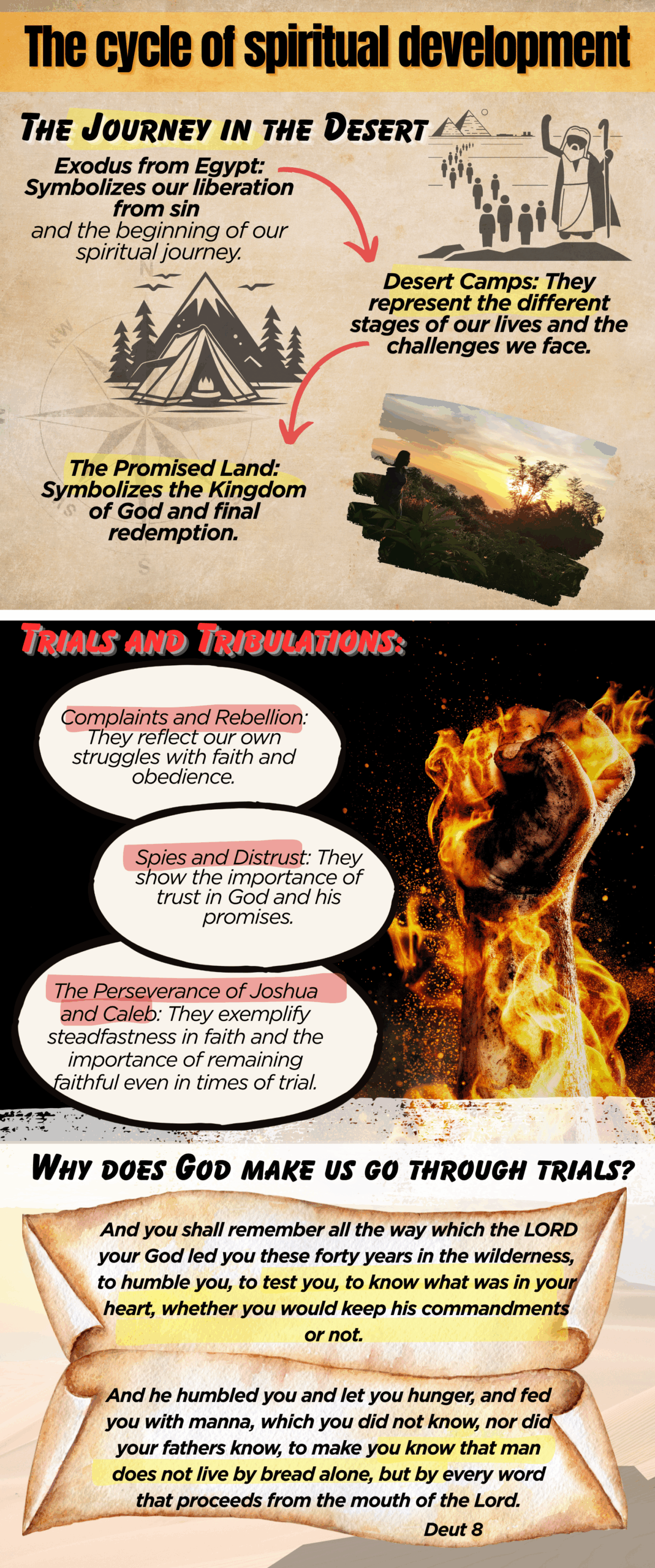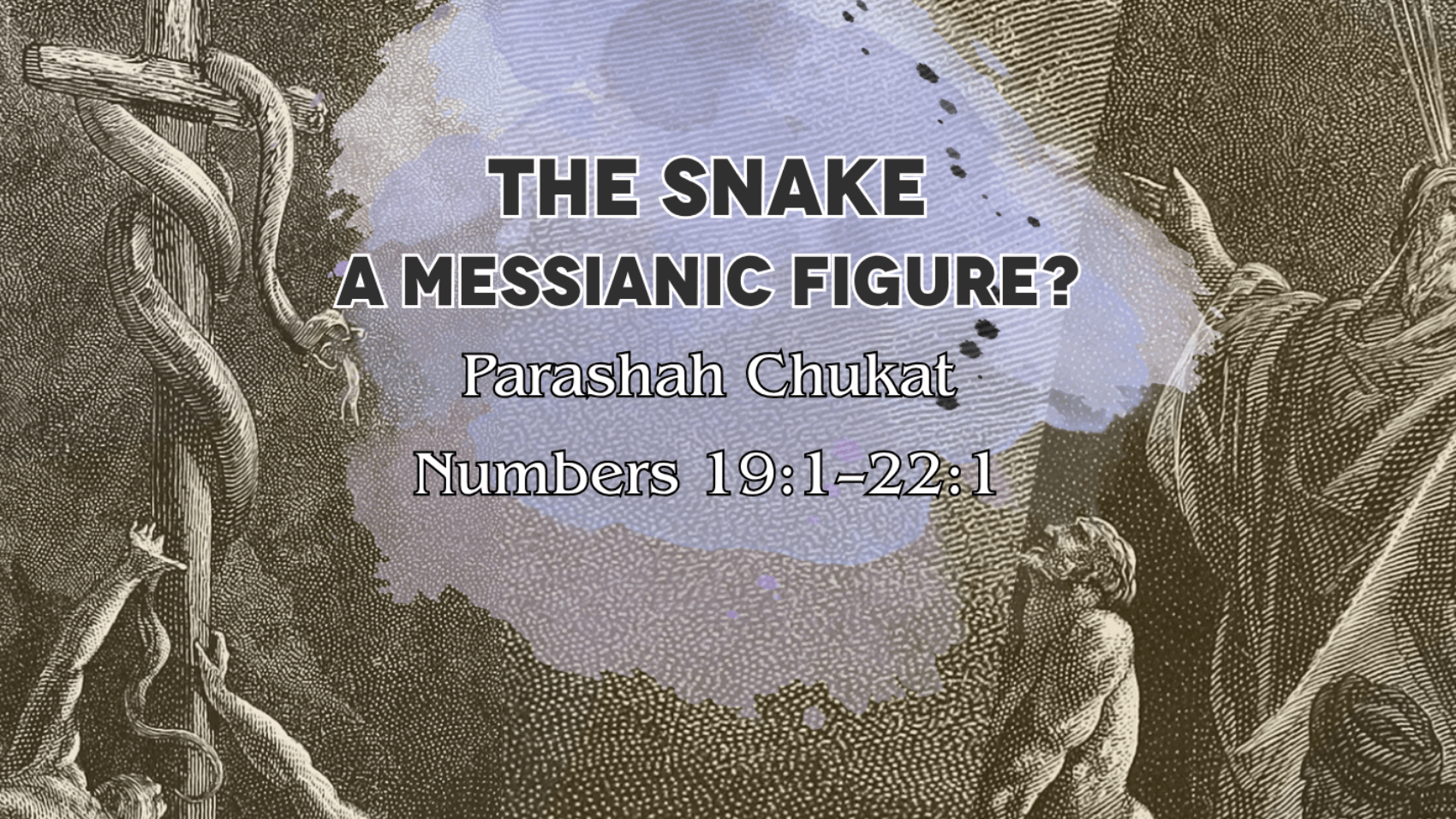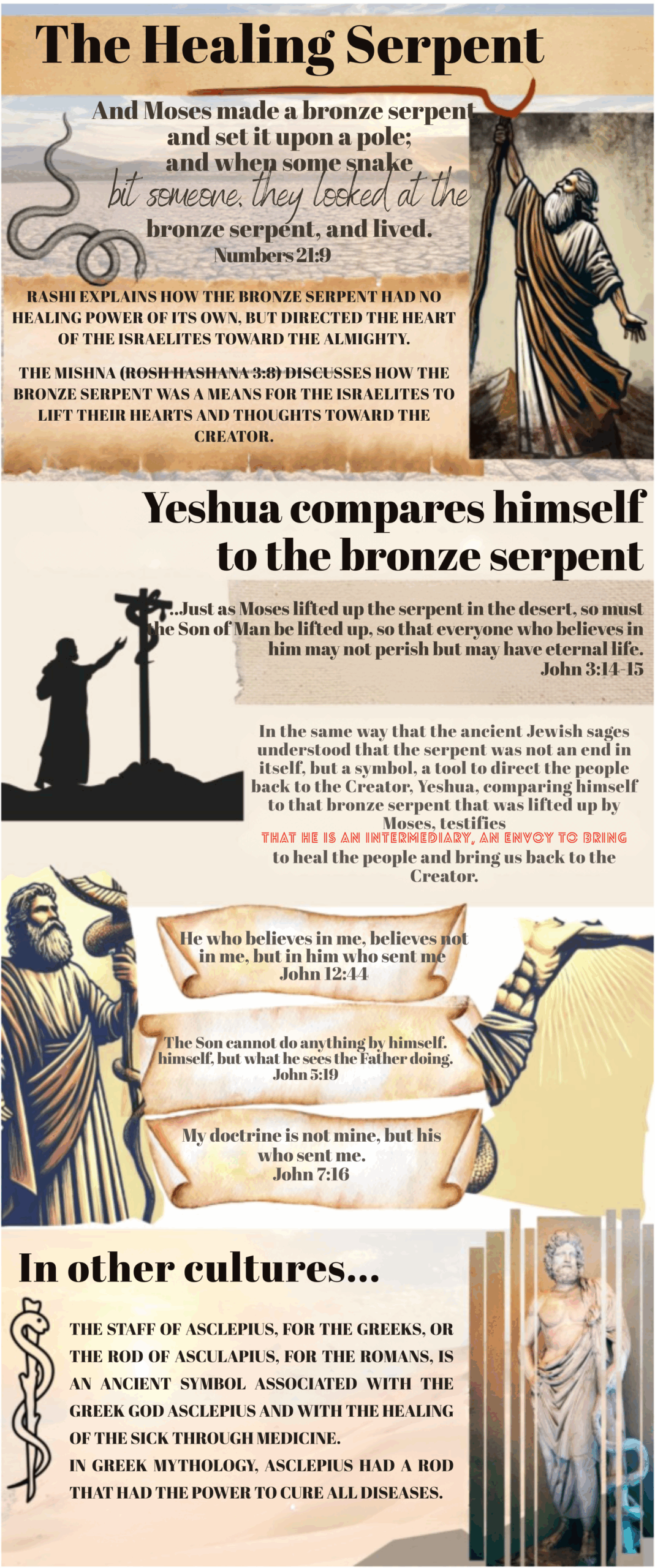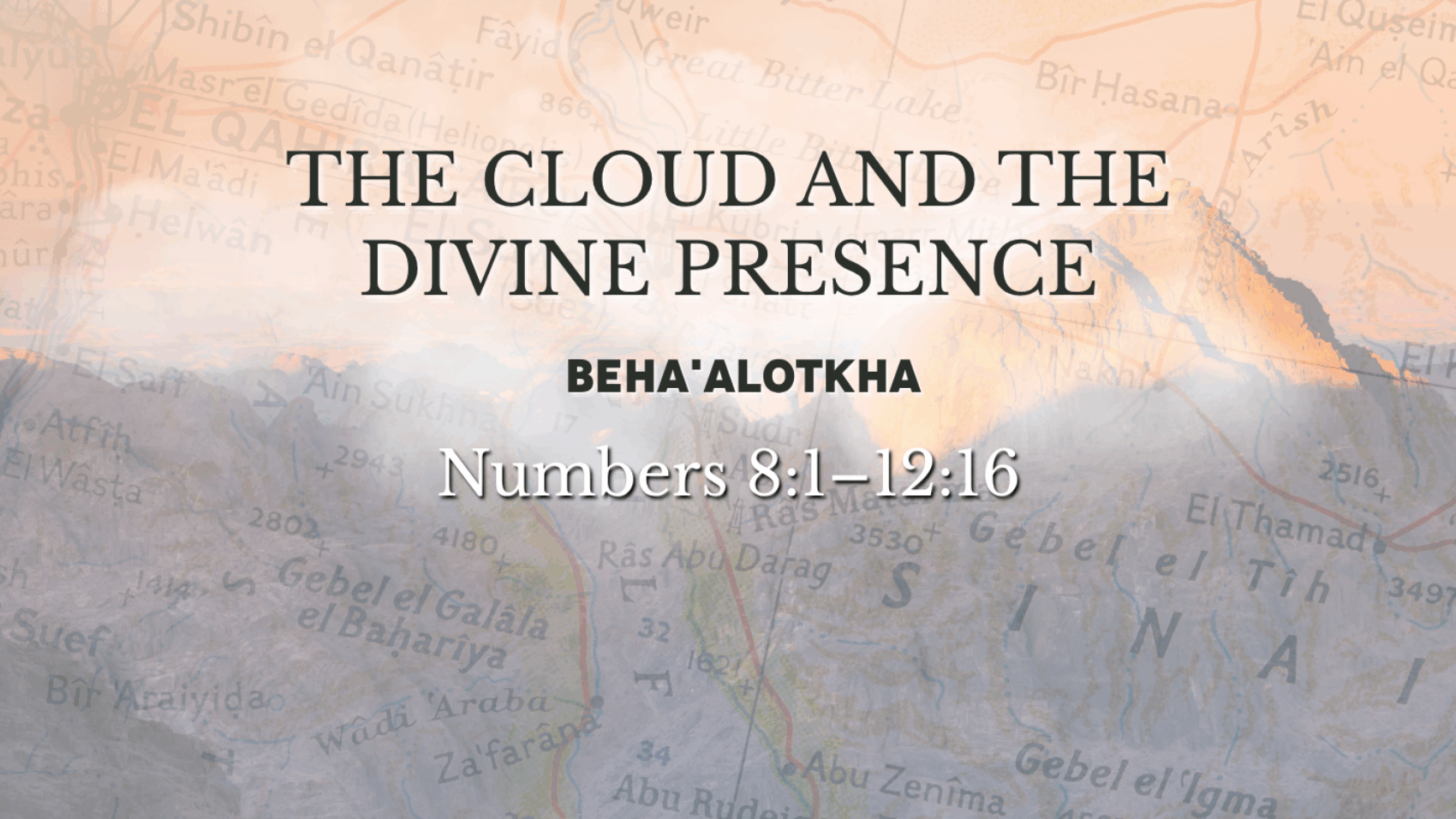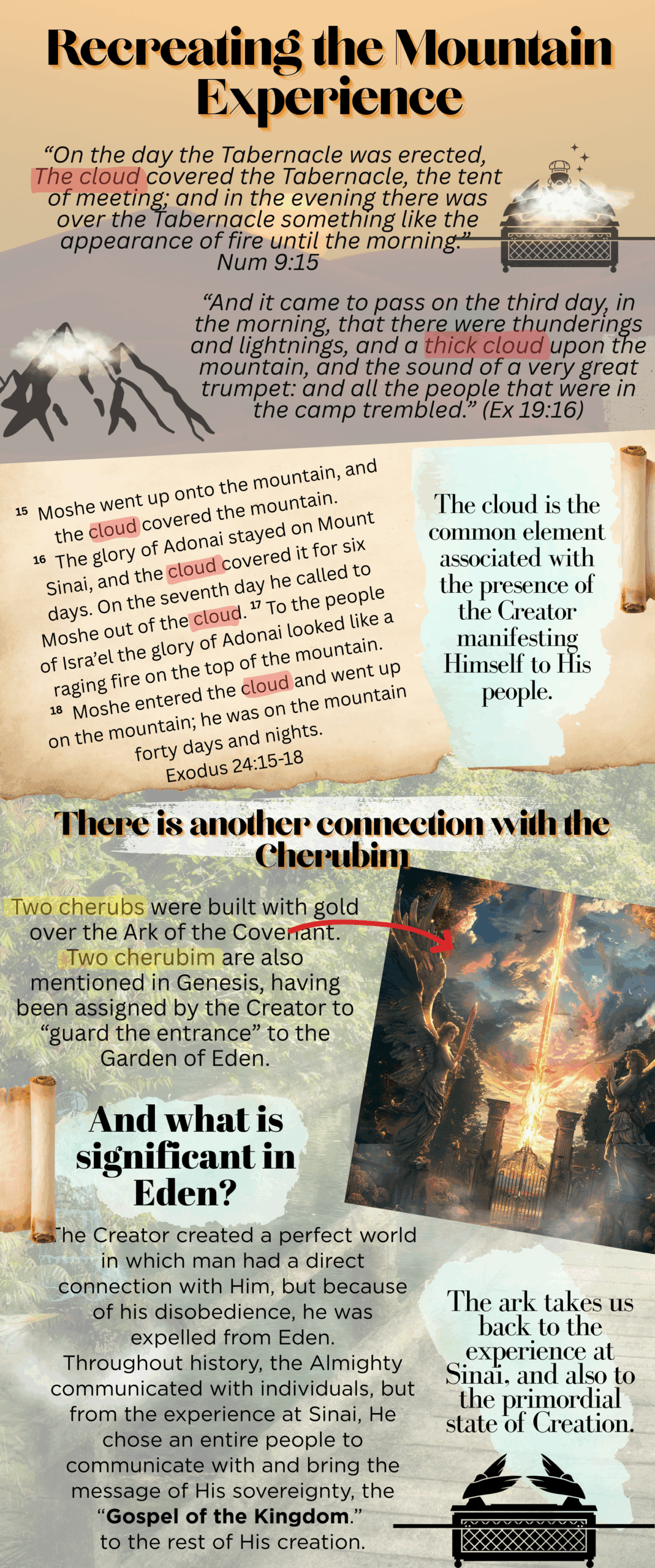Mystical dreams and astonishing encounters marked Jacob’s life—a life full of trials, hardships, and challenges through which his faith was continually tested.
Few biblical figures hold the prominence of Ya’akov (Jacob) in the history of the people of Israel. Ya’akov was the father of the twelve men who became the founders of the tribes of Israel. Grandson of Avraham and son of Itzjak (Isaac), the promise of the Eternal was reaffirmed to him multiple times throughout Scripture. Mystical dreams and astonishing events marked his life, filled with trials and challenges that tested his faith.
Ya’akov is one of the few individuals in Scripture whose name was changed—a sign of the deep spiritual transformation that took place in his life through his experiences and prophetic purpose. But before he became Israel, the name he received at birth was Ya’akov.
יַעֲקֹב — Ya’akov (Jacob)
As is the case with most Hebrew names, the name Ya’akov is tied to the circumstances surrounding his birth. Rivka, his mother, had previously received a revelation about the conception of twins in her womb, and the fact that they were already struggling with each other before birth was connected to the prophetic destiny of their descendants.
The moment of birth is described as follows:
When her days to give birth were completed, behold, there were twins in her womb. The first came out red, covered with hair like a garment; and they called his name Esau. Afterward his brother came out with his hand grasping Esav’s heel; so his name was called Ya’akov. And Itzjak was sixty years old when she bore them.
Genesis 25:24–26
The detail of the heel is crucial. In Hebrew, the word for heel is akev, and Ya’akov was given his name because he emerged holding onto Esav’s heel. While the name is tied to this physical moment, it also carries a figurative meaning rooted in the Hebrew verb ‘akav, which means to follow closely behind, to overtake, or even to deceive.
The imagery resembles the English expression “hot on his heels,” describing someone following so closely that they are about to catch up. Hebrew uses this concept with even deeper and more nuanced metaphorical implications.
After Ya’akov deceived his father by making him believe he was Esav in order to receive the blessing, his brother lamented:
“Is he not rightly named Ya’akov? For he has supplanted (ya‘kveni) me these two times: he took my birthright, and now he has taken my blessing.”
Genesis 27:36
Here Esav directly connects his brother’s name—originally tied to an incident at birth—with its metaphorical meaning, turning it into a wordplay and calling his brother a deceiver or supplanter.
The name Ya’akov also appears with a negative connotation in Jeremiah 9:4:
Let everyone beware of his neighbor, and put no trust in any brother; for every brother utterly deceives (akov ya‘akov), and every neighbor goes about as a slanderer.
The phrase “akov ya‘akov” uses the same Hebrew root twice, not two different words. It is a Hebrew way of intensifying the action—here, emphasizing the act of deception.
Despite all the difficulties Ya’akov experienced in life—or perhaps because of them—his destiny was shaped by the Most High, and eventually his name was changed to Israel. A spiritual “new birth” took place.
The prophet Hosea highlights both aspects of our patriarch’s nature:
“In the womb he took his brother by the heel (akav), and in his strength he wrestled (sará) with the Angel.”
Hosea 12:3
Akav is the root of Ya’akov. Sarah is the root of Israel.
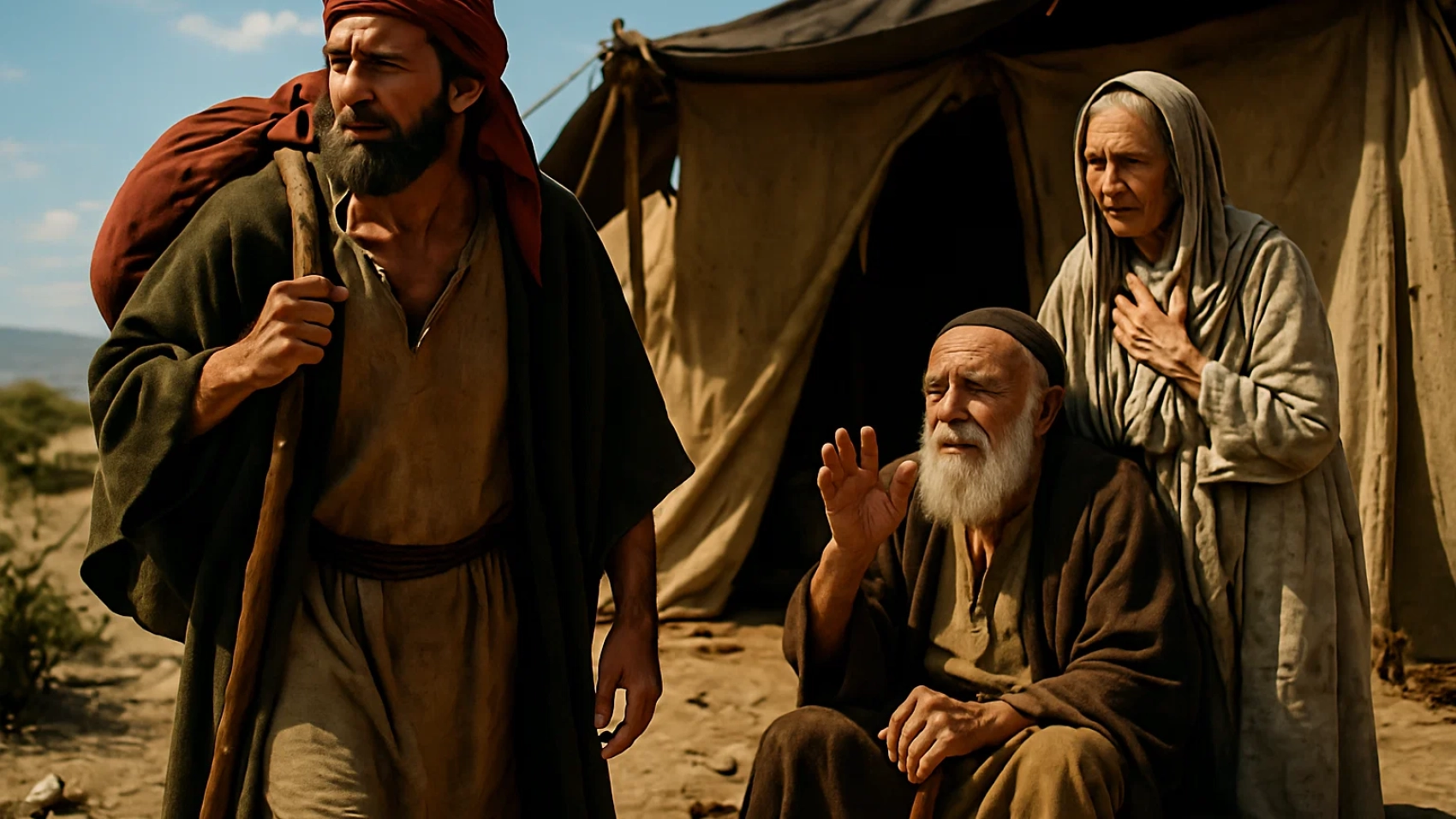
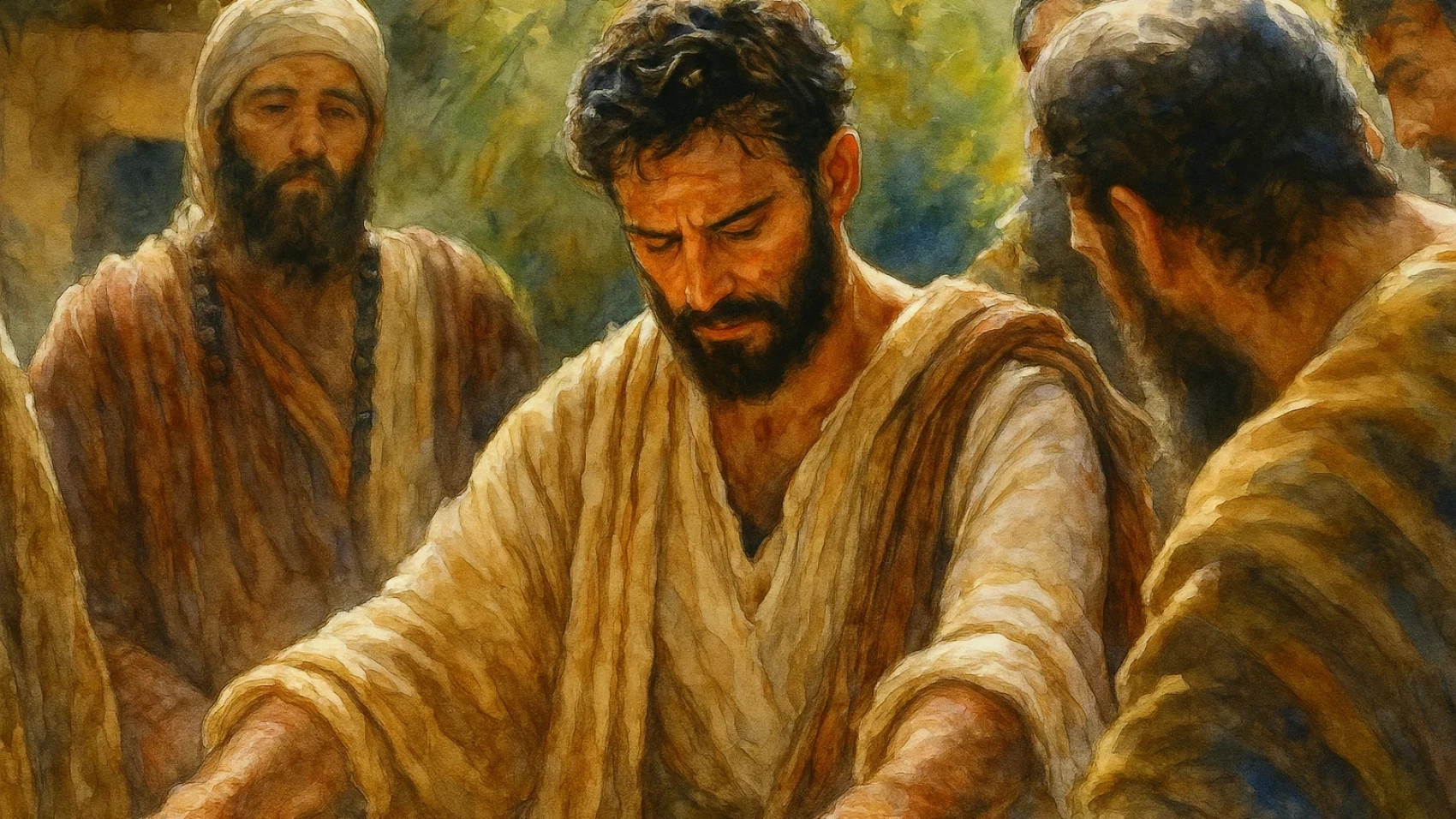
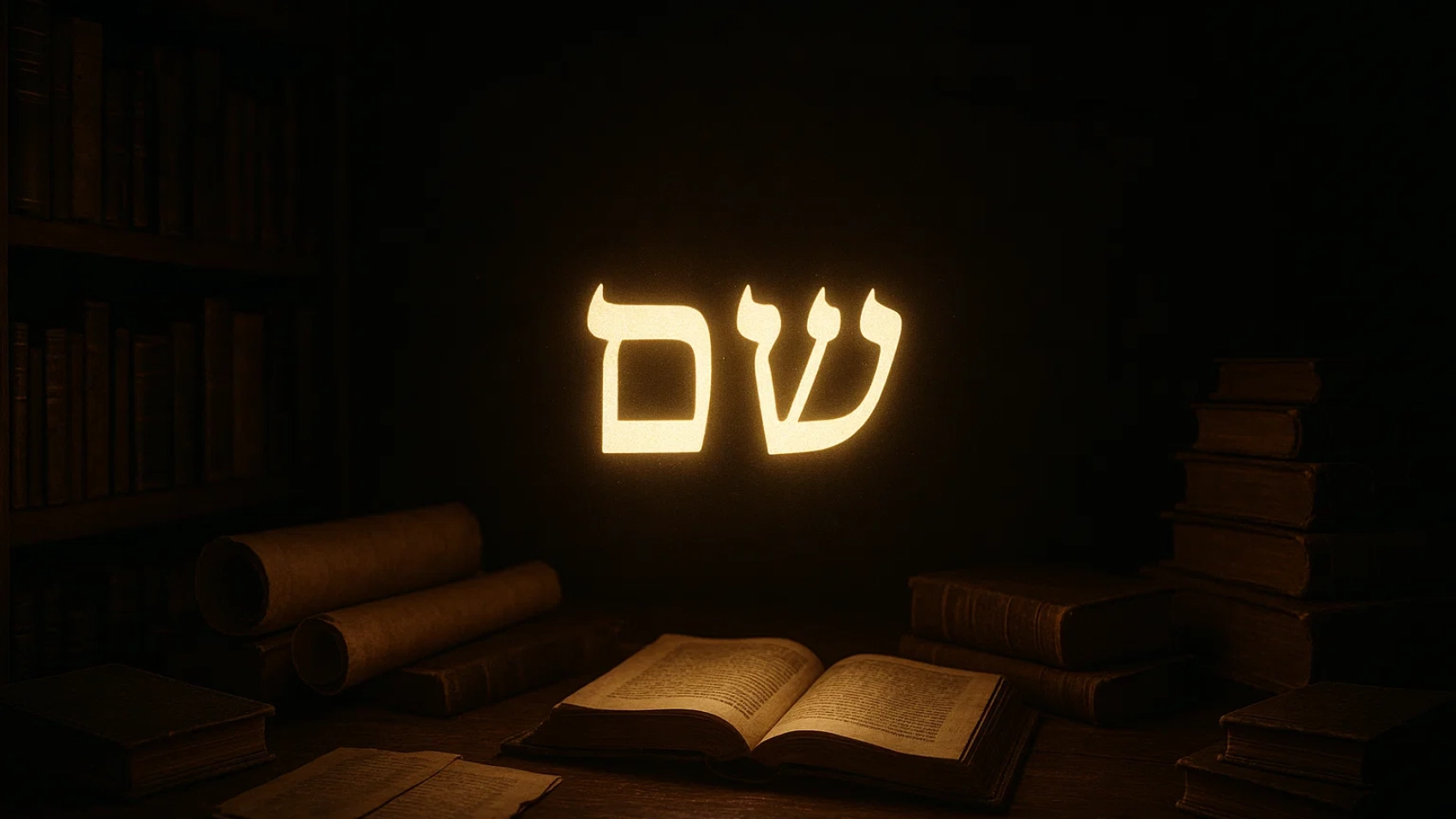
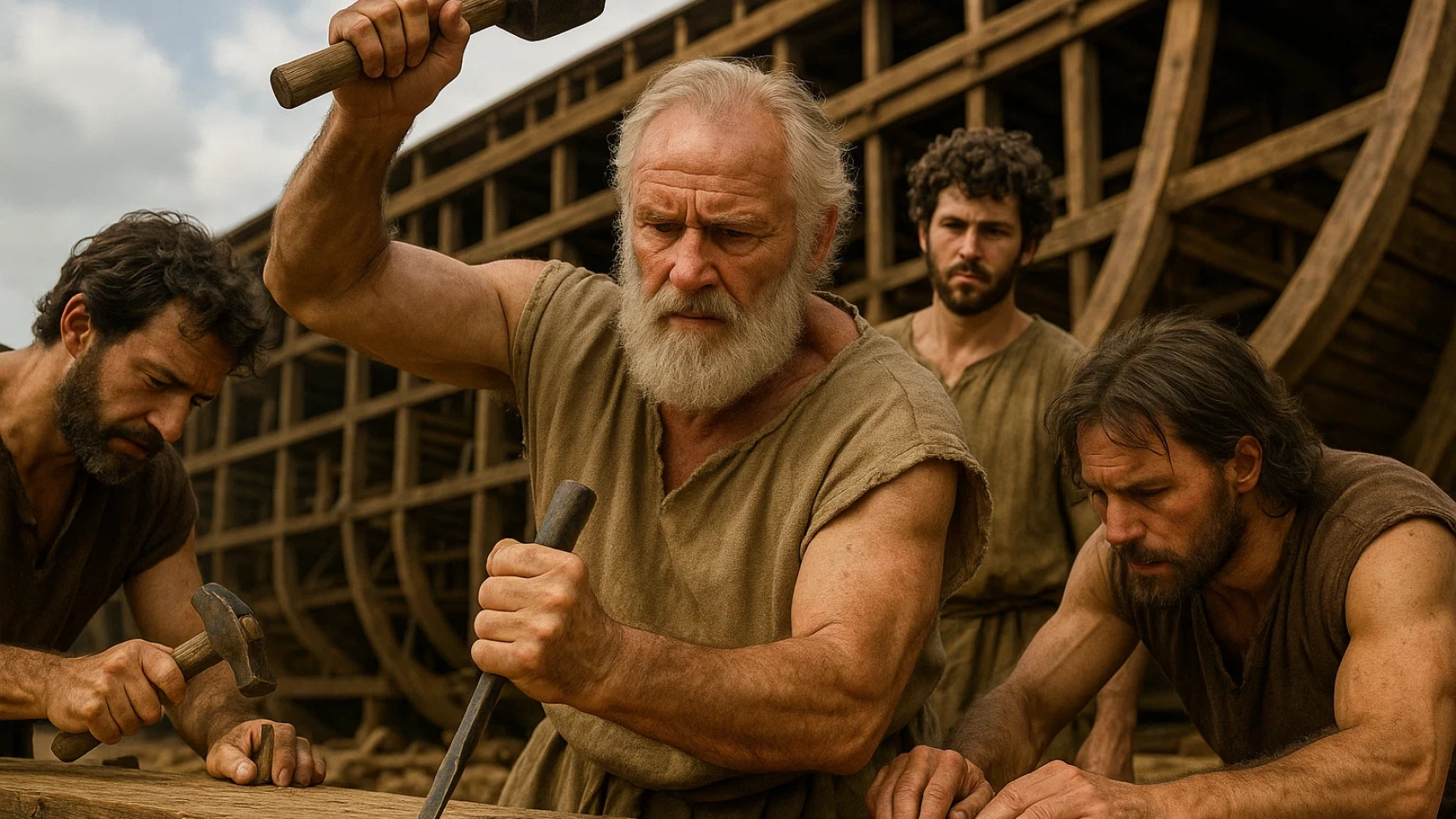
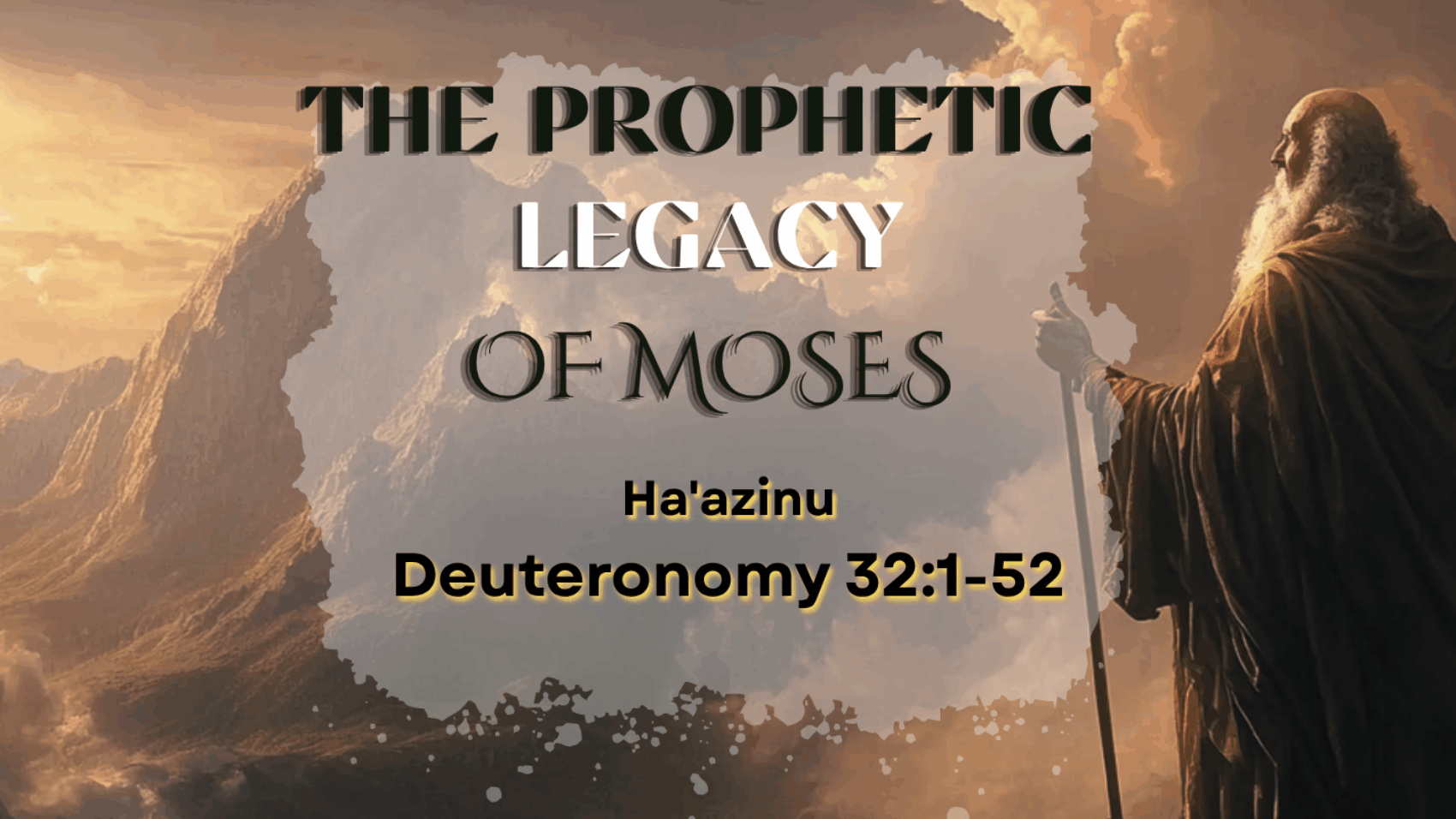
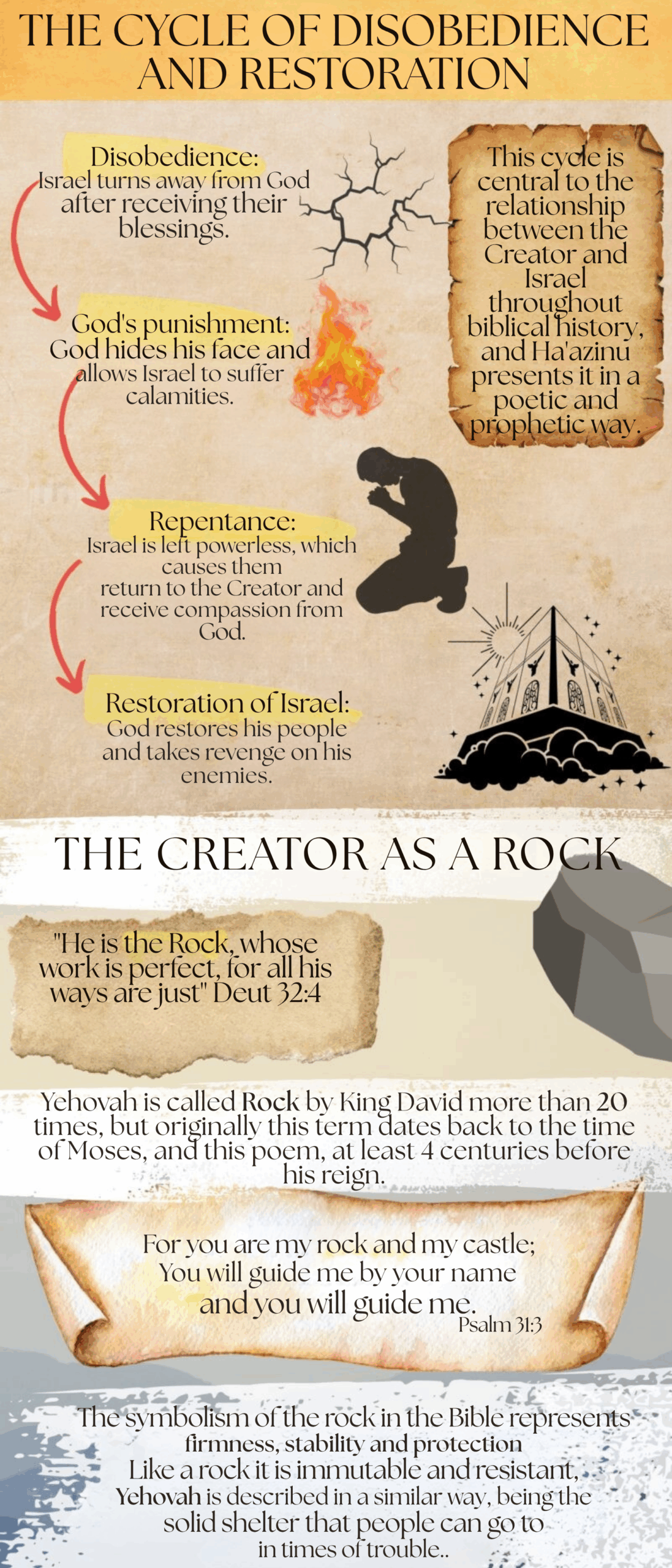
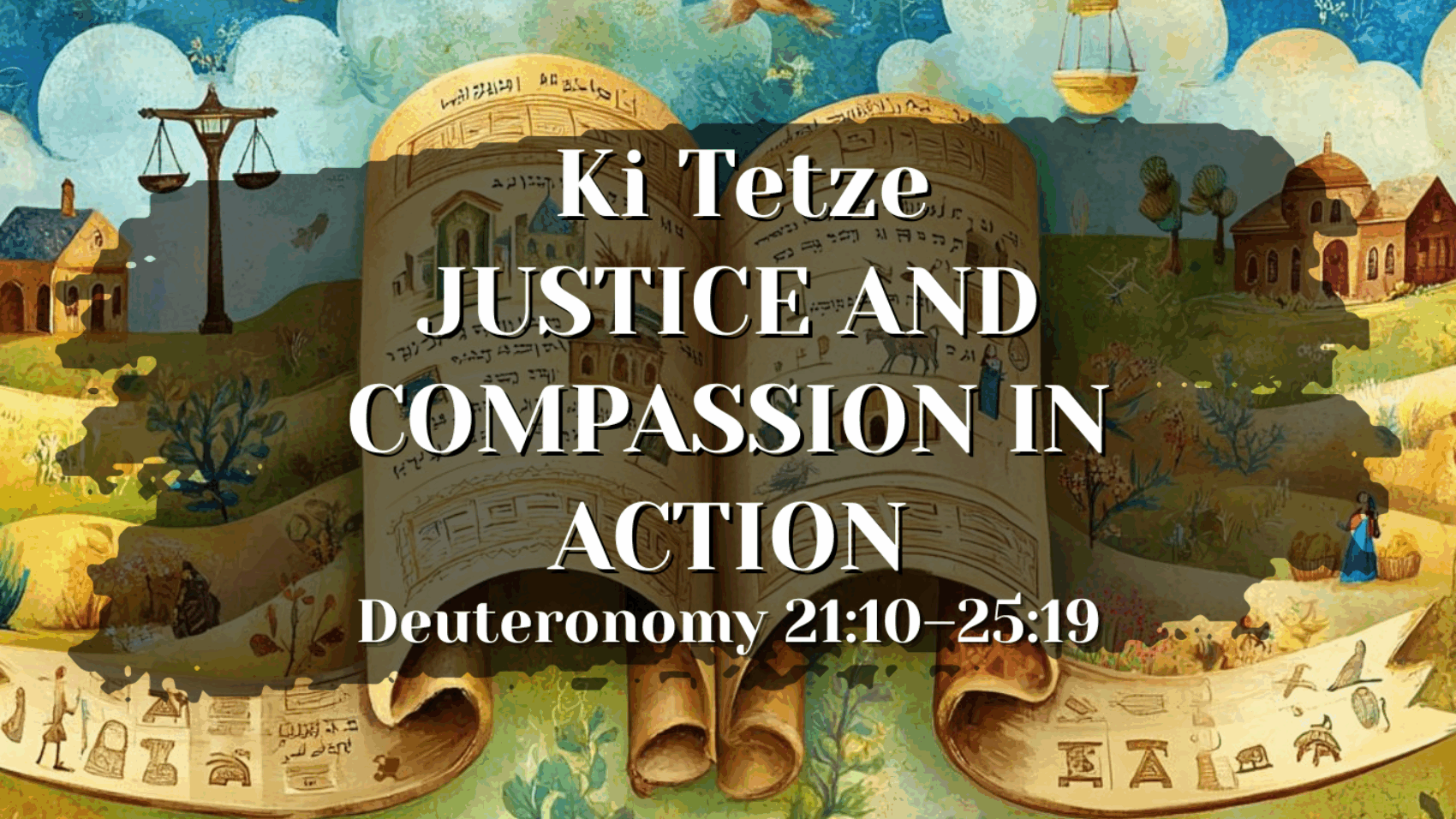
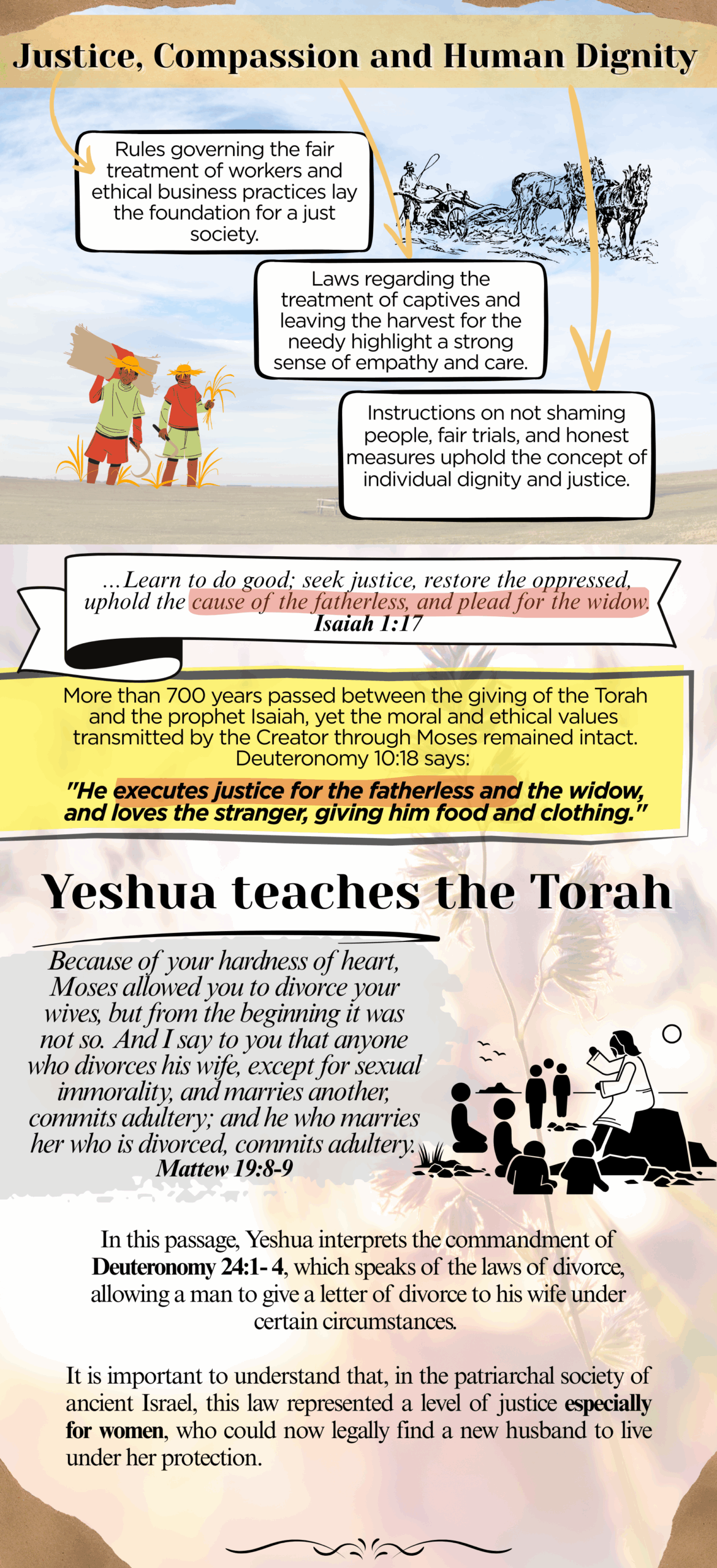
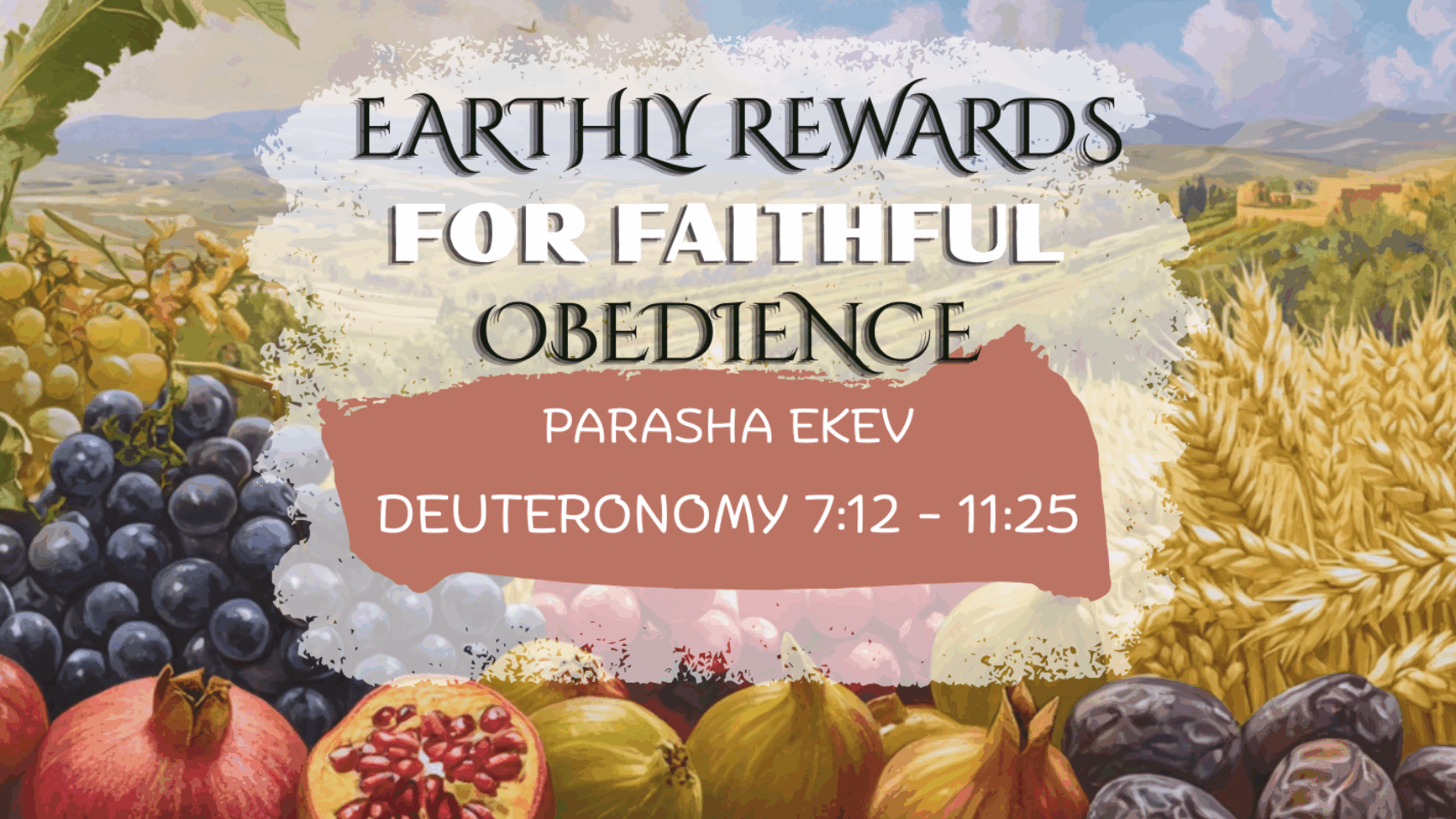
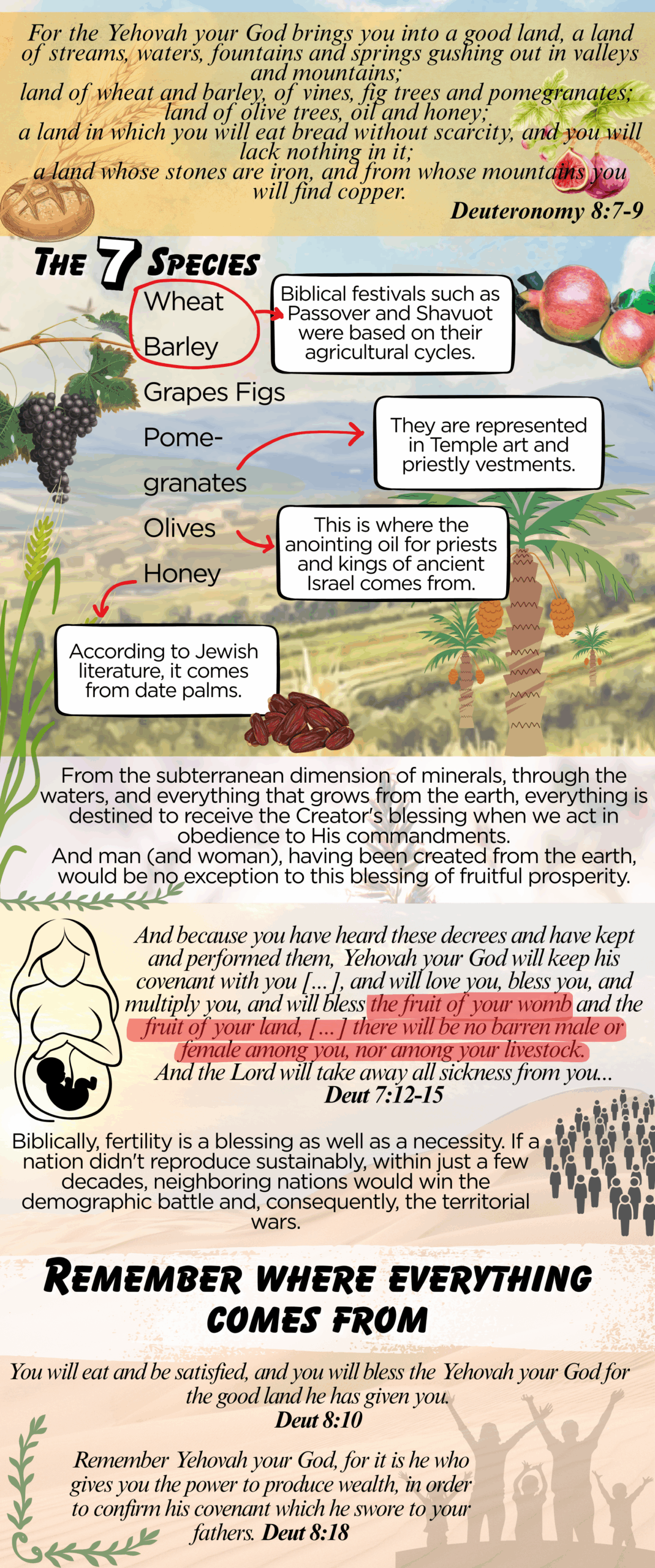
![Copy of Blog Tetzavé [cabecera]](https://aroodawakening.tv/wp-content/uploads/2025/07/Copy-of-Blog-Tetzave-cabecera-e1753365494489-1700x956.png)
